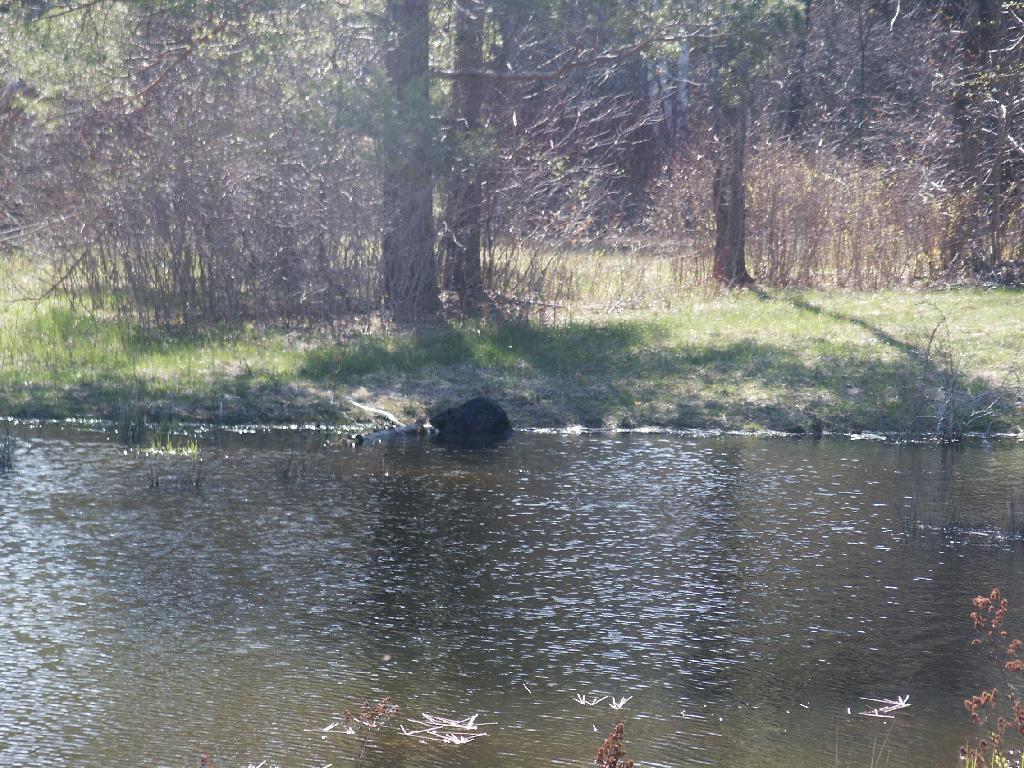Today is pay day. Ever since I got my first job, I always “paid my future first.” In other words, at least part of my paycheck was automatically deposited into one kind of savings account or another, only to be touched when making a long-term purchase after allowing the money to grow for a number of years. This day of age, paying your future first is pretty easy — automatic deposits and automatic investing can withdraw money from the account where your direct deposit goes in, and it’s like the money never existed — except it does and it’s being saved. This not only accumulates over time, it also takes advantage of cost averaging — your buying into the market both in low-cost and high-cost times.
As I’ve gotten older, made a little more money, gotten promotions and the alike, I’ve increased the amount I’ve been doing to “pay my future first”. Normally if I get a raise, a cost of living adjustment, or a bigger tax break, I always put the majority of increased funds towards “paying my future first”. Sure I like having a little more money to spend, but I figure I am mostly content with my life now and no need to blow the money — when I can invest it and have more later on, compounded by interest and growth in the markets.
I’ve also diversified where I “pay my future first” money to. Diversity is a good thing because it ensures if any one investment doesn’t work out, there is another one to fall back on. If one goes down, one other is likely to go up. Some are tax-advantaged, like my ordinary IRA deferred compensation for retirement, while others like my Roth IRA are not tax-advantaged, at least not until I retire and take money out of that account.
Some of my investments are very stable but have very modest returns, like my FDIC-insured savings account, or the FDIC certificate of deposits. Some are mid-term investment accounts — things that are maybe have some substantial short-term risk but are investment vehicles that will grow at the rate of the market growth. The later will help me down the road in 10 or 15 years when I go to buy land and my off-grid cabin. I stay away from anything flashy or anything that I isn’t inherently diversified and is not easy to understand.
This has been a fairly successful strategy for me in the past. I paid for both my truck and the lift kit on my truck with cash, just withdrawing money from savings. By not paying interest, I saved quite a bit of money — especially when you consider the compounding nature of interest and depreciation. Likewise, by commuting to college, living at home, taking off time and saving money by avoiding costs however possible, I was able to avoid that trap known as college debt that is negatively impacting so many young adults these days.
Based on my long-range projections of investment and interest, I am really hopeful to be in a place to buy land and be able to move out of New York by the early 2030s (which sounds like a long ways off, but that’s really only about a decade away). The year may slightly change based on the growth of economy and recessions, but I think I have a plan for success. My goals are modest — an off-grid cabin, less then 1,000 feet with maybe 100 acres of land in wilderness — but I think given time I can make it a reality. Land is a lot more affordable in other states, especially if you don’t want a big fancy house, and are content to live in a small town and make less money going forward. But if I own land debt-free, don’t have monthly utility bills or fees, I can be quite rich without a big salary each month.

